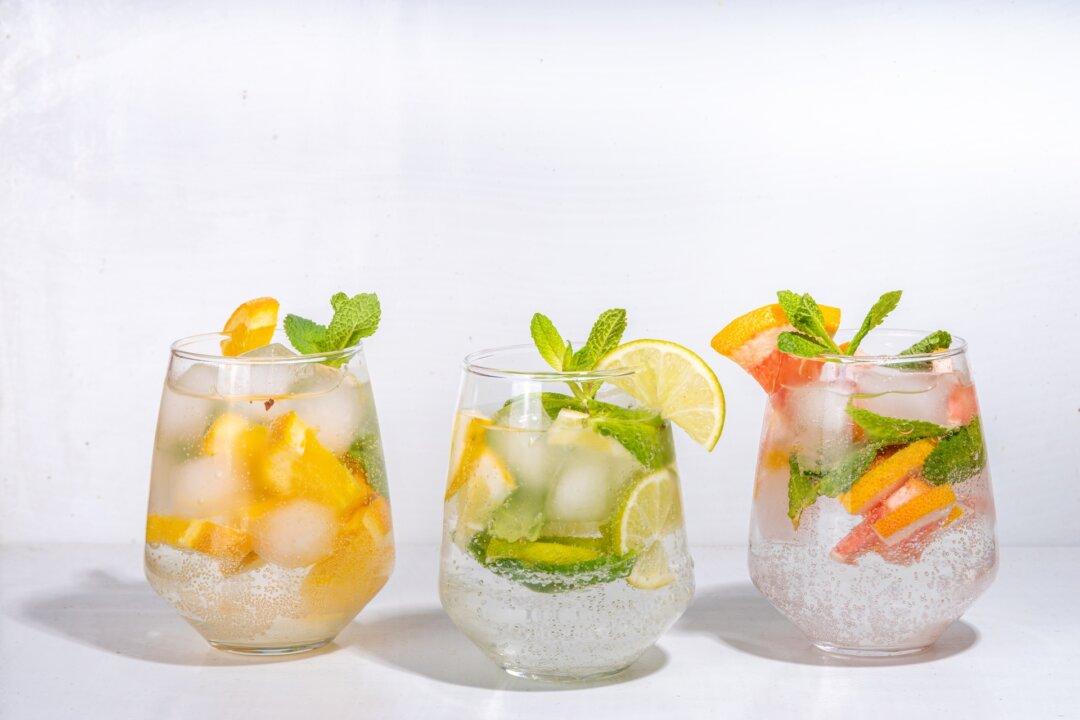Some people believe that all white and rosé wines are best consumed young, but based on that reasoning, they ignore any wines released a year ago.
Today, for example, rosé wines from 2020 are what people want. And they seem to treat 2019 rosés like dishwater—and an anything older like COVID-19. Yet not all whites and rosés collapse quickly. Indeed, some improve!
So you may ask if closeout wines worth buying. Well, like anything else, it depends on a lot of factors. Without going into details, here are a few ideas:
Is the store air-conditioned, or is it usually cool in summer? Heat and fluctuating temperatures can ruin wine.
Only seek white wines that are bright and straw-colored, not coppery or bronze. Such colors indicate oxidation.
Wines bottled in clear glass should show no more than a faint change from the expected yellow or gold. If there is any indication of browning, pass on the wine.
Don’t buy any wine, red or white, if the cork is part way out of the bottle or if you observe leakage on the bottle itself.
Old isn’t always bad. I like a little age on some sauvignon blancs, especially those from Graves or the Loire Valley.
Some of the finest whites I have ever tasted were five- and 10-year-old Pouilly-Fumes and Sancerres that have taken on bottle bouquet.
Similarly, I also like many German rieslings with some age, but ideally you should be aware of the better producers and have some knowledge of the best recent vintages.
Among the best values in closeout bins are ports and sherries. In Porto from Portugal, bottles of tawny can be good value, but not ruby port. In Sherry, stay away from anything marked fino, which must be consumed young. But a marked-down cream sherry or oloroso sherry can often be a bargain.
Buy no wines that have a lot of “air” space between the cork and the liquid. Bottles should be filled approximately a half-inch from the cork. When you see a bottle whose fill level is two inches below the cork, it indicates an oxidized wine. Do not buy.
Decades ago, I knew a guy who was so wine-crazy that he carried around, in the trunk of his car, two-dozen wine glasses. He frequented stores that bought closeout wines. He'd buy one of every wine that looked promising, go back to his car and begin opening them in the parking lot, trying each one to see which one was worth buying by the case.
With closeouts becoming more and more popular these days, closeout bins can be a bargain hunter’s treasure chest.
A good strategy is to try at least one bottle to see if you got a deal or wasted your money. You need not do this in the parking lot. If the wine is terrible, you haven’t lost much. But if the wine is great, you still have time to go back and get more.





